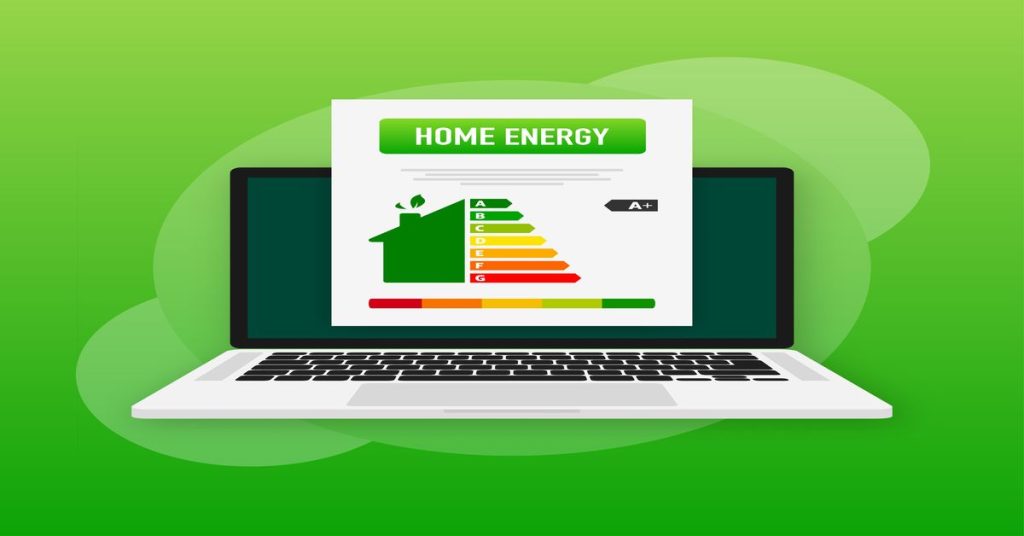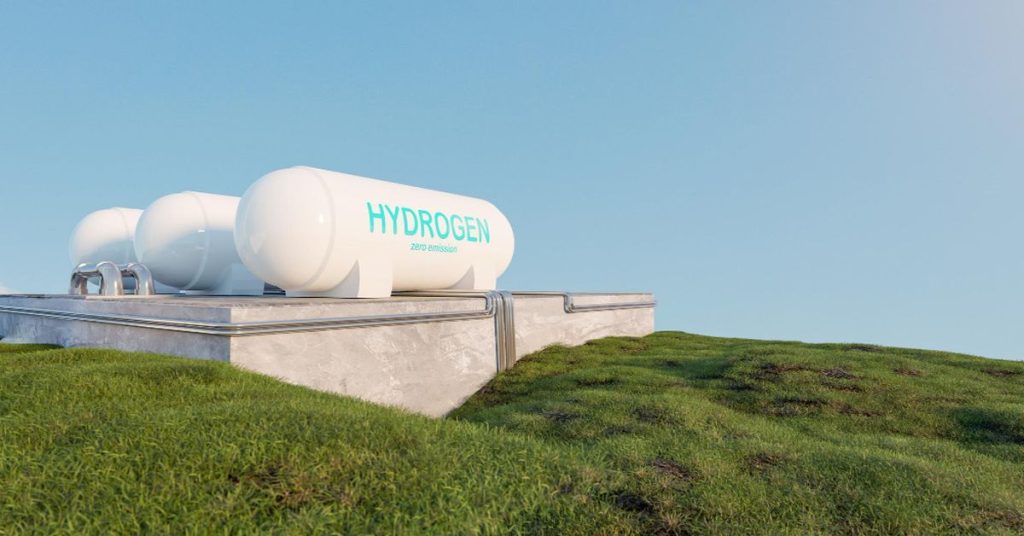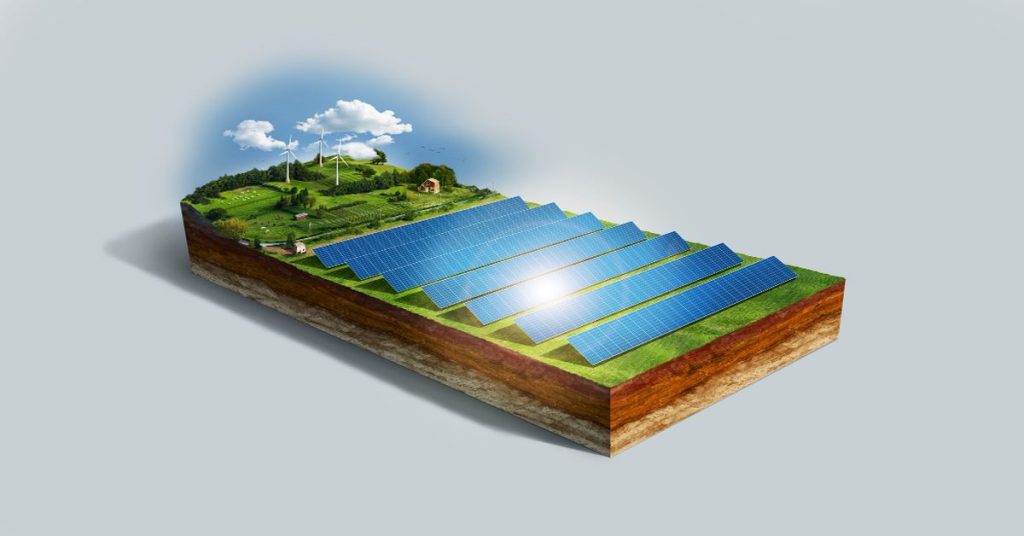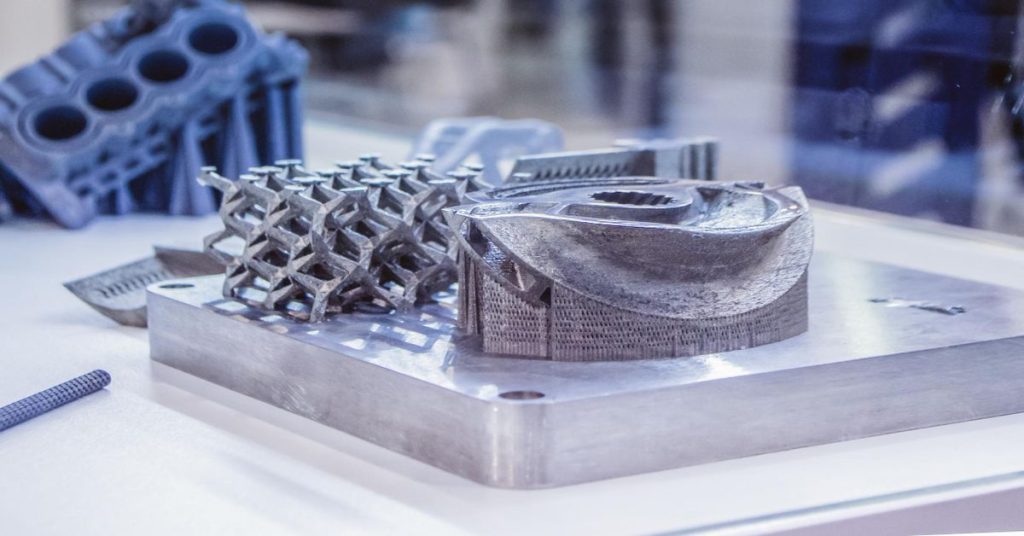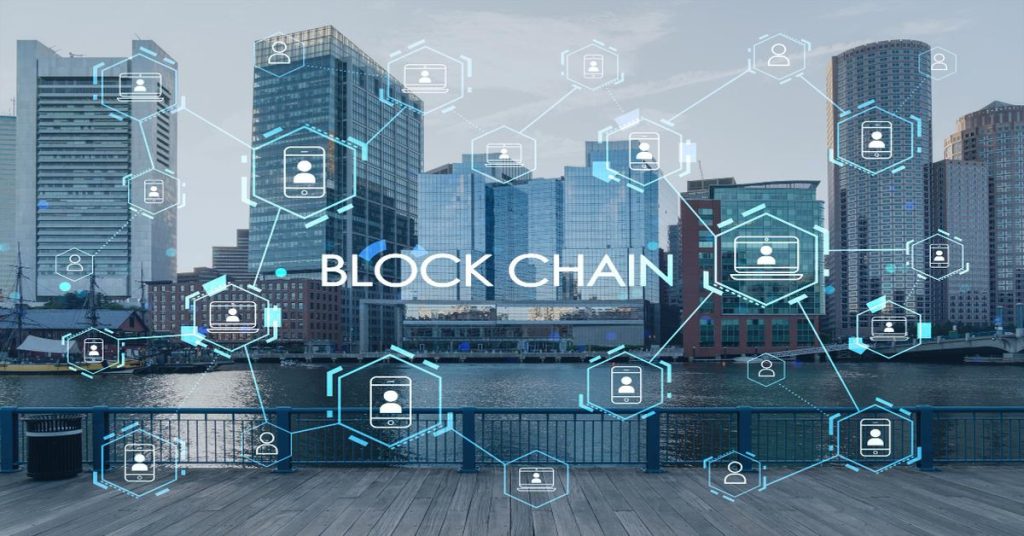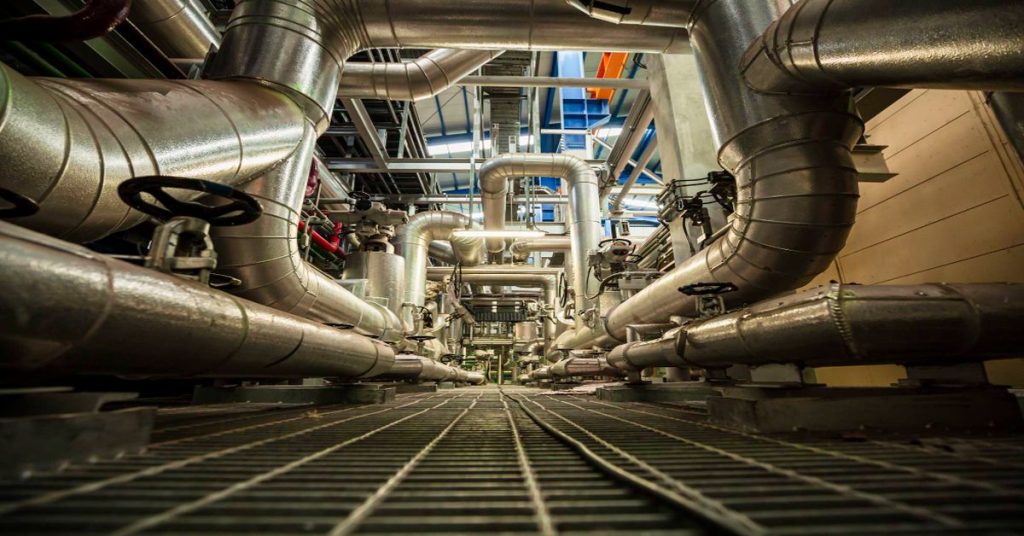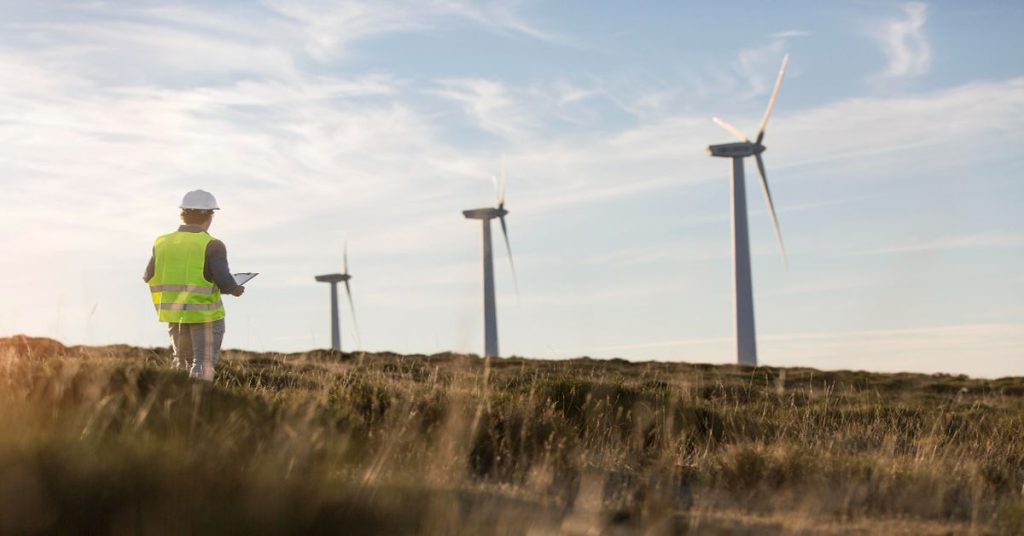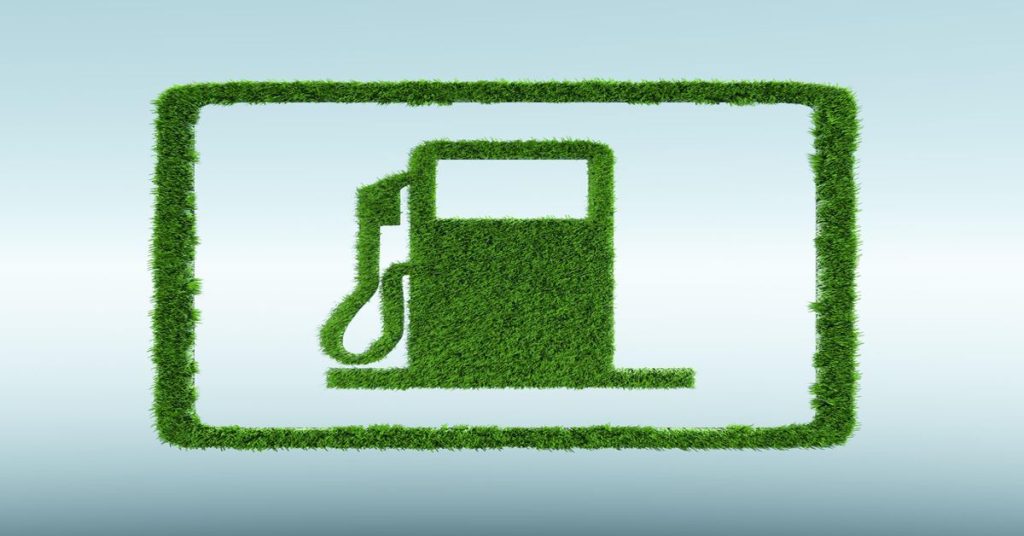Current Outlook of Demand Response in Europe
Demand Response (DR) enables utilities to reduce or shift consumers’ electricity usage during peak periods, which leads to a major relief in the power grid operation. The DR initiatives can help significantly reduce energy prices as the demand shifts during the high tariff hours. Policymakers and market participants across the globe understand the benefits of …
